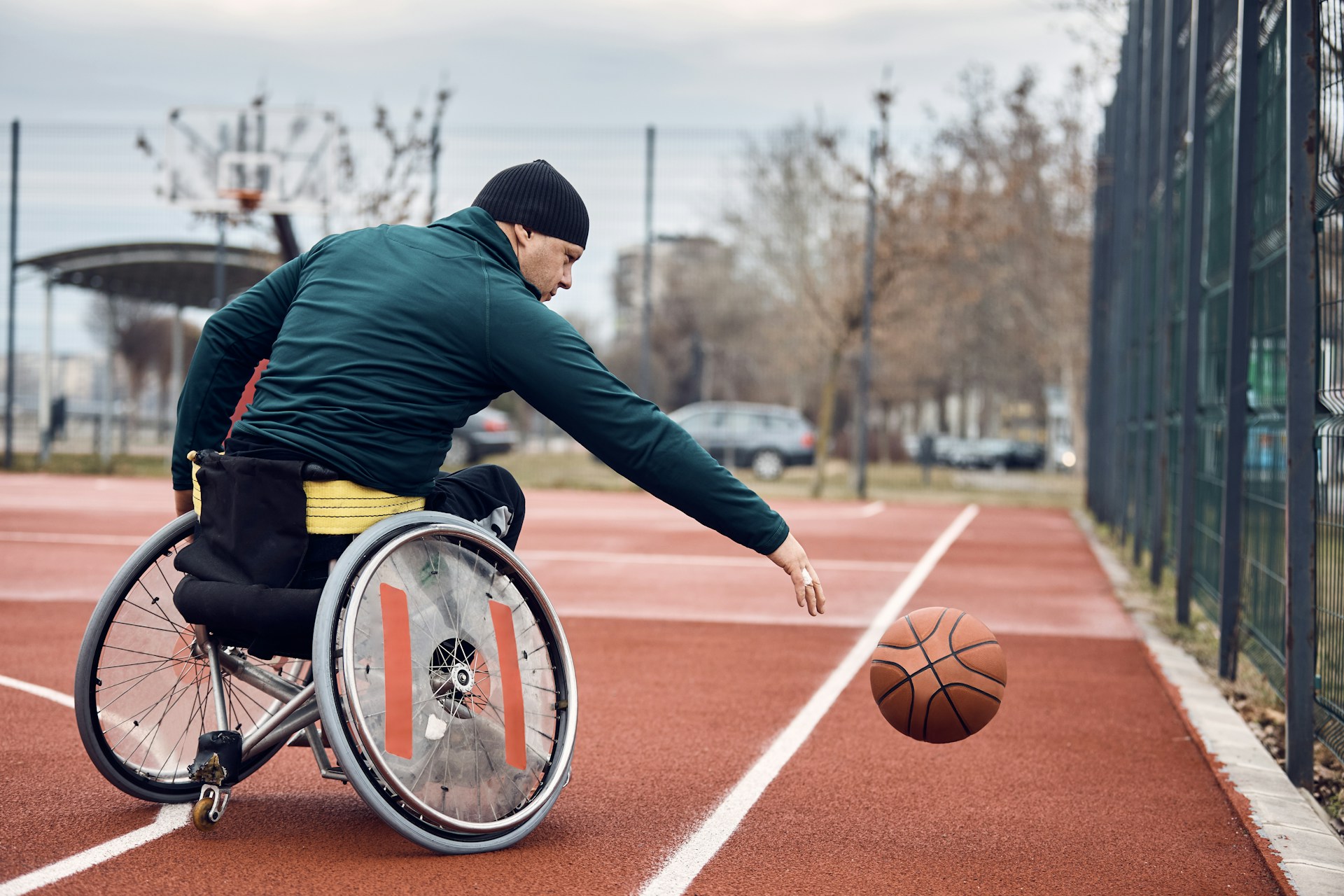
For athletes, pain is a part of the game—but it shouldn’t become the game itself. Whether it’s a professional competitor or a weekend warrior, managing pain effectively determines how quickly and safely an athlete can return to their sport. The field of pain management for athletes focuses on techniques and therapies designed not only to relieve discomfort but also to promote healing, prevent further injury, and restore full performance potential. Effective pain management balances recovery with performance goals, ensuring athletes don’t sacrifice long-term health for short-term gains.
Understanding Athletic Pain: More Than Just Discomfort
Athletic pain comes in many forms, from sharp injuries like ligament tears and fractures to chronic conditions such as tendonitis or overuse syndrome. Pain can indicate damage, but in athletes, it can also signal poor mechanics, imbalanced training loads, or inadequate recovery routines.
Unlike the general population, athletes may downplay pain or push through it, which can lead to worsened injuries. This makes proper pain assessment and tailored treatment critical. Sports medicine specialists evaluate not only the pain source but also contributing factors like technique, training intensity, and biomechanics. The goal is to understand pain in its full context, helping athletes return stronger rather than risk reinjury.
Pain management for athletes goes beyond temporary relief. It involves a strategic plan to reduce symptoms, support healing, and maintain or improve performance.
Techniques Used in Modern Pain Management for Athletes
A wide range of treatment options exists to help athletes recover safely. One of the most common is physical therapy, which includes guided exercise, stretching, and soft tissue work to improve mobility and strengthen surrounding muscles. These programs are personalized to each athlete’s sport, injury, and recovery timeline.
Another powerful tool in pain management is manual therapy. Techniques like joint mobilization, myofascial release, and massage reduce inflammation and improve circulation, helping the body heal more efficiently.
Many sports physicians also incorporate advanced technologies, such as cryotherapy, ultrasound, electrical stimulation, and low-level laser therapy. These methods target deeper tissues and nerve pathways, offering pain relief without medication. In some cases, corticosteroid or platelet-rich plasma (PRP) injections may be used to reduce inflammation or promote tissue regeneration.
Non-pharmacological approaches like acupuncture, cupping, and dry needling are also becoming more common. These techniques help modulate nerve signals and release muscle tension, contributing to pain reduction and faster recovery.
Psychological Factors and the Athlete’s Mindset
Pain management for athletes doesn’t stop with the physical body. Mental toughness and the athlete mindset often cause individuals to ignore pain signals or delay treatment, believing it’s a sign of weakness. This cultural pressure can delay recovery or mask severe conditions.
That’s why education and psychological support are key aspects of a successful treatment plan. Sports psychologists and trainers work with athletes to help them understand the difference between productive soreness and harmful pain. They also provide strategies for coping with injury, frustration, and setting realistic goals for recovery.
Stress, fear of reinjury, and performance anxiety can amplify pain. Addressing these factors early helps athletes stay mentally strong and physically safe during rehabilitation.
Balancing Recovery With the Urge to Compete
For most athletes, the biggest challenge isn’t stopping pain—it’s stopping themselves from returning too soon. A comprehensive recovery plan must strike the right balance between rest and activity. The process typically begins with pain reduction, followed by gradual reintroduction of training activities. This phased approach allows the athlete to rebuild strength, flexibility, and endurance while protecting healing tissues.
Return-to-play protocols are a significant part of pain management. These guidelines assess whether an athlete has regained the physical capabilities, movement patterns, and confidence necessary to perform safely. Skipping or rushing this process can lead to setbacks that cost even more time in the long run.
Many athletes also benefit from cross-training during recovery. Swimming, cycling, or resistance training can maintain fitness without stressing the injured area. A good pain management team integrates these methods while monitoring pain levels, biomechanics, and functional performance.
Preventing Future Pain Through Smarter Training
Once the immediate pain is controlled, the next goal is to prevent it from returning. That’s where biomechanical analysis, technique correction, and training adjustments come into play. Physical therapists and athletic trainers often assess running gait, lifting form, or movement patterns to detect issues that may have led to the injury.
Corrective exercises, strength building, and sport-specific drills help develop balanced muscles and proper joint alignment. Educating athletes on warm-ups, cool-downs, hydration, sleep, and recovery time is just as essential as the treatment itself.
Incorporating these preventative strategies transforms pain management into performance management. By addressing the root cause, athletes don’t just recover—they improve.
Supporting Long-Term Health in Athletic Careers
Pain is inevitable in sports, but chronic pain doesn’t have to be. Proper pain management for athletes is about more than short-term recovery. It lays the foundation for longevity in athletics. Whether the athlete is a high school student, a college player, or a professional, taking pain seriously ensures they’ll be able to compete, train, and enjoy their sport for years to come.
Working with a skilled sports medicine team empowers athletes to make smarter decisions about their bodies. With the proper care, they can heal fully, come back stronger, and avoid recurring injuries that could otherwise limit their potential.
Ultimately, pain management isn’t just a response to injury—it’s a pathway to resilience, strength, and peak performance.